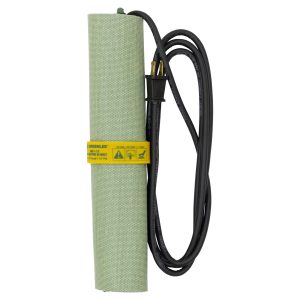Cracking the Code: Unveiling the Magic Behind PVC Heaters
Ever come upon a pvc heater and wondered what’s cooking within? You are, then, lucky! For regulated areas, PVC heaters are like the unsung heroes. They tower with a personality all their own. They are the silent sentinels maintaining peace and fit in nicely where water and electricity need an intermediary who acts politely. But just exactly how do they tick?

First of all, PVC heaters are constructed on the backbone of polyvinyl chloride—the same substance that pipes of love call home. This unique plastic breed is rather the tough cookie and incredibly flexible. It runs a lot of wear and tear playing fair with chemicals. PVC for you is your body wearing armor capable of withstanding dramatically fluctuating temperatures.
Now for the interesting stuff: the science. PVC heaters convert electrical to thermal energy. Usually made of materials like nickel-chromium alloys, heating components fit perfectly within. Here there is only pure science, not hocus-pocus! As electricity runs across these components, they heat up. Imagine winding up a toy ready for use—except from movement—where heat results instead.
Still waiting, though! More than first greets the eye. Ever wonder why PVC heaters don’t bubble into a mess? Clever thermostat systems stop overheating. They are so sophisticated that they cut the power at premeditated high temperatures. It’s like having a reliable friend who won’t let you heat the dance floor too far out. Another layer of safety comes from thermal fuses, which also chime for the task.
Imagine gathered around a campfire experiencing that wonderful wave of warmth without the smoke. That is the brilliant heat in action, filling the air and beyond physical touch. My friend, radiant heat is what these heaters shine at—let environments enjoy the afterglow free from direct touch. In tiny, regulated settings, they are outstanding and provide constant temperature management.
